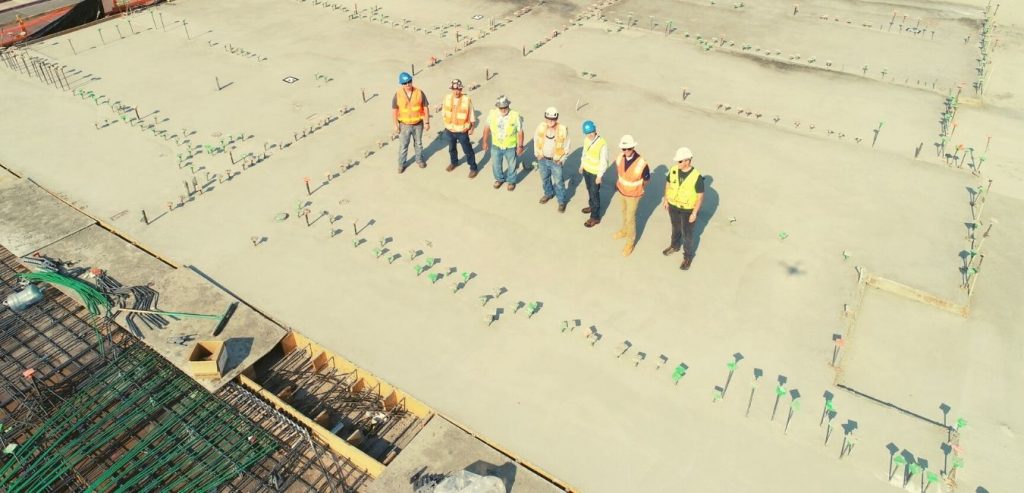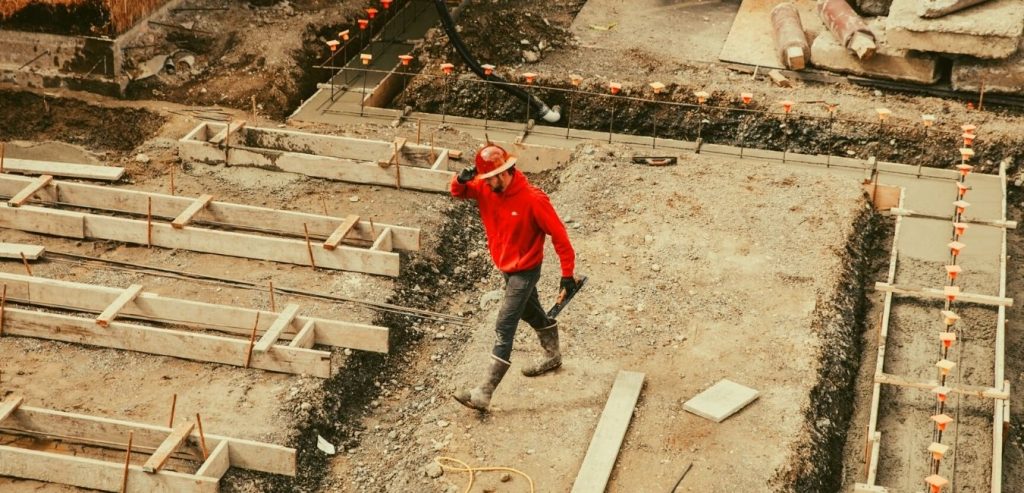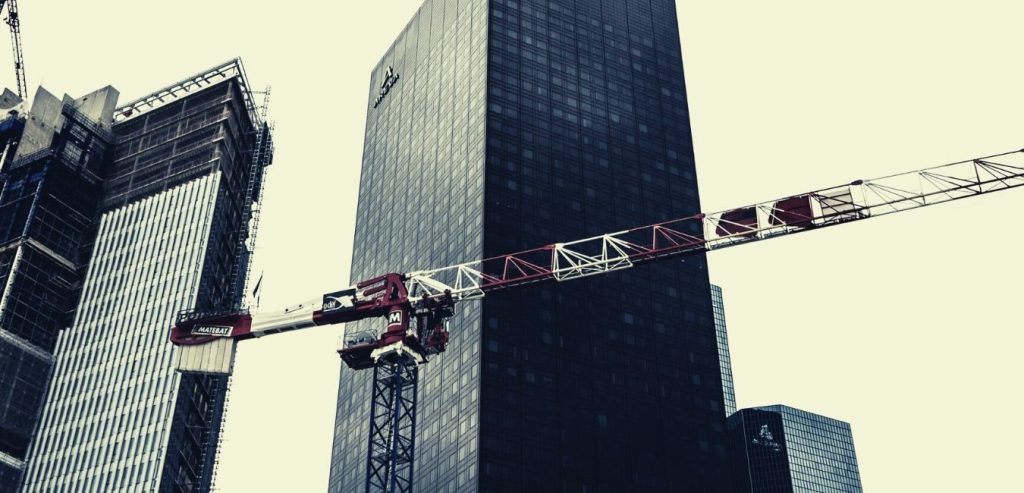Substantial completion is one of the significant stages that affect the rights and duties of the owner and client of a project. When an owner gets into a contract, they usually want the project delivery after total completion. However, there is no guarantee for this. This is where substantial completion comes in. The owner might also take partial occupancy of the building while construction works are still ongoing. Although the work is incomplete, the contractor might ask for payment and provide relevant documentation as warranties as they continue to finish the job. The owner will justify the payment claim if the contractor has reached substantial completion.
Table of Contents
So, what is substantial completion?
Substantial completion refers to the stage where a project is ready for occupancy and usage for the intended purpose. This sounds straightforward, but it might be challenging to apply it to specific projects as projects, and their intended uses vary.
The AIA definition of substantial completion
The American Institute of Architects (AIA) defines substantial completion as the stage where the progress of the work or designated portion is complete following the contract documents so that the owner can utilize the work for the intended purpose.
There is no single catch-all objective that fully defines substantial completion. Three different scenarios usually play out and help determine substantial completion, as we will see below.
- The owner and contractor come up with their agreed substantial completion checklist custom to the project. The contract documents specify the list of items.
- The involved parties can agree on substantial completion based on the certificate of occupancy issued by the local jurisdiction and determine the significant completion milestone date.
- The owner can also decide whether they can occupy the building for the intended purpose. The engineer, project manager, or architect determines if the owner can occupy the building.
Once the project gets to substantial completion, the contractor needs a certificate of substantial completion from the contract administrators. This certificate includes a punch list of small items that still need finishing and the corresponding finishing timeline.

Why is substantial completion so important?
The certificate of substantial completion has legal implications for both the owner and the contractor though they might not realize it. Legal counsel lays out different perspectives on the impact of signing off a substantial completion. We will discuss some of the essential points about substantial completion below.
1. Creates clear expectations between project owners and clients
Substantial completion means that payday is coming soon. Therefore, there is no other substitute for clarity as a well-done substantial completion certificate perfectly defines the expected outcomes.
2. Deadlines start catching up
Substantial completion creates a cascading effect that triggers deadlines. Dates are significant as they determine if anything is wrong or when there is a breach of contract. Some legally activated deadlines are the Statute of Limitations, Statute of Repose, and Warranty Periods.
The statute of limitations sets a time limit from when a party raises an issue, and once the time elapses, the affected party cannot make claims. On the other hand, the statute of repose sets overarching time limits after which the liability will be lifted.
For instance, a rule of repose might state that the defects liability period is two years after completion. After this period, the contractor will no longer be liable for any defects.
The clock starts ticking for the warranty period immediately after substantial completion. The warranty period is not the same as the statute of repose. The warranty period is a period where the contractor has to correct project defects. It is generally known as the one-year defect period provided by the AIA A201 conditions of contract.
3. It ensures prompt payment
Substantial completion means that a contractor can collect money for work done.
Payment and retainage deadlines vary from state to state and vary depending on whether a project is public or private. These deadlines are based wholly or in part on substantial completion. Retainage and slow payments are some of the most significant sources of construction disputes, and understanding how substantial completion works is invaluable.
4. Reduced liability
After the issuance of a substantial completion certificate, a contractor has reduced liabilities and risks. This depends on the work done and whether the new changes will impose additional risks to the project. Some of the drawbacks the contract releases the contractor from are liquidated damages and construction delay claims. These cannot be enforced past the substantial completion. Liquidated damages compensate the owner for the delays in a project, but the contractor will not assess delay claims and damages since the project is close to completion.

Notice of substantial completion
When a contractor believes that they have done satisfactory work as stipulated by the conditions of substantial completion, they deliver a notice of substantial completion for approval.
The contractor files the notice of completion at the county clerk's office then sent to the appropriate parties, after which essential deadlines start rolling over.
After receiving the notice of completion, the owner has five business days to respond and issue a certificate of substantial completion.
The substantial completion certificate reflects the substantial completion date. However, suppose the owner rejects the notice of completion. In that case, they have to respond in writing, showing the conditions of substantial completion that the contractor fails to meet and the basis of the rejection.
In such an event, the contractor will correct the defects and issue a new notice of completion, and the process reiterates.

The letter/certificate of substantial completion
The certificate of substantial completion is a vital document on performance.
Contractors use the certificate to show the work done by a contractor and whether the work is within the contract's parameters. The certificate also indicates minor items remaining that need correction. The project manager or architect also uses the certificate of completion to ensure the contractor completed the work as per contractual terms before the client makes any approvals in payments for that milestone.
Substantial completion vs final completion
The final construction stage is the project closeout stage.
Final completion is also commonly known as final acceptance and is when the owner determines the project to be fully completed. It is a demonstration that all terms within a contract have been adhered to, the punch list has been finished, all titles have been passed on to the client, the contractor has settled any bills accruing due to delays, and finally, the client has settled all money owed to the contractor.
The process of getting the final completion is usually triggered by substantial completion. A robust, substantial completion will clearly outline the completion date.
It is important to note that once an owner accepts the final completion, he accepts the project. It becomes challenging to win any claims against the contractor. Thus the owner needs a competent team to walk through the whole construction with the contractor. This is to catch any issues before the signing of this critical document. The only recourse an owner can have is when the defect is “latent” or hidden.
There is also a statute of repose that show a window or time limit in which a suit based on the design or construction of a site can be brought to a contractor. During this period, a contractor can be sued due to any latent defects, however, after this period, it is difficult for the owner to bring a claim.
One of the most important things is that a contractor’s liability is reduced after the substantial completion is done. In the event of an accident, some insurance companies will refuse to pay the claim because, for the most part, the works are “complete.”
To remove doubt and protect all parties, the insurance contract should read that coverage is available until total completion (final completion). Final completion is clearly defined in insurance contracts. If the contract is signed without this clause, a building owner must take out a property insurance policy just to be safe. This is usually overlooked.
If a contract has a clearly defined substantial completion date, the date usually is hotly debated as it can heavily affect the damage figures. It is, therefore, essential to have clearly defined dates for each project. Unclear substantial completion dates add to litigation costs.
According to construction law, you should clearly define the details of substantial completion and final completion as guiding documentation. Property owners will use substantial completion to occupy the building for its intended purpose.
Contractors will typically use it to ensure prompt payment and free themselves from possible liabilities. The two completions are meant to be determined by both parties- owners and contractors- to ensure fairness in their operations.
Typically, all utility and security bills switch to the property owner after the substantial completion has been signed. It is common for most property owners to be surprised by this. Considering it may take a couple of months before the final completion is signed. This should be noticed.
FAQs
As discussed above, the date for the substantial completion is an important milestone that affects all the involved parties. Below are some of the answers to the frequently asked questions about substantial completion.
How is substantial completion determined?
The construction contract determines substantial completion. The contract spells out what encompasses substantial completion. If not clearly defined in the agreement, it is determined by the owner when the building is fit for occupancy.
Who determines the date of substantial completion?
You cannot measure substantial completion with a yardstick as it is not easily identifiable. Therefore, based on the owner's subjective evaluation, the project can be occupied for the intended purpose.
What does a certificate of substantial completion mean?
This is the certificate issued to the contractor showing the work done within the confines of the contract. It also indicates minor defects that need correction before the completion of the project.
When do I know substantial completion has occurred?
Substantial completion in a project occurs when almost everyone working on the project is winding up. Much of the construction has been completed, and the owner is ready to occupy the building. The only remaining portion of the work is the minor defects to be corrected before the final handover.
What is the difference between the Certificate of Substantial Completion and the Certificate of Occupancy?
Both these documents show that the building is ready for use. However, they are issued by different people and in different periods. The architect or project manager gives the certificate of substantial completion under the owner's prerogative.
In contrast, an inspector of the local building authorities issues the certificate of occupancy. A building is deemed uninhabitable in legal terms in the absence of the certificate of occupancy. The inspector typically gives the certificate of occupancy after the project closeout construction phase.
Summary
With all this in mind, we can note that substantial completion only occurs when there is only minor or warranty work remaining for the remaining project period. If all the primary objectives have been met and everyone is winding down their work on-site, chances are substantial completion has already occurred. It is an exciting time as the contractor gets paid for work done, and the owner can use the property to their wishes.

